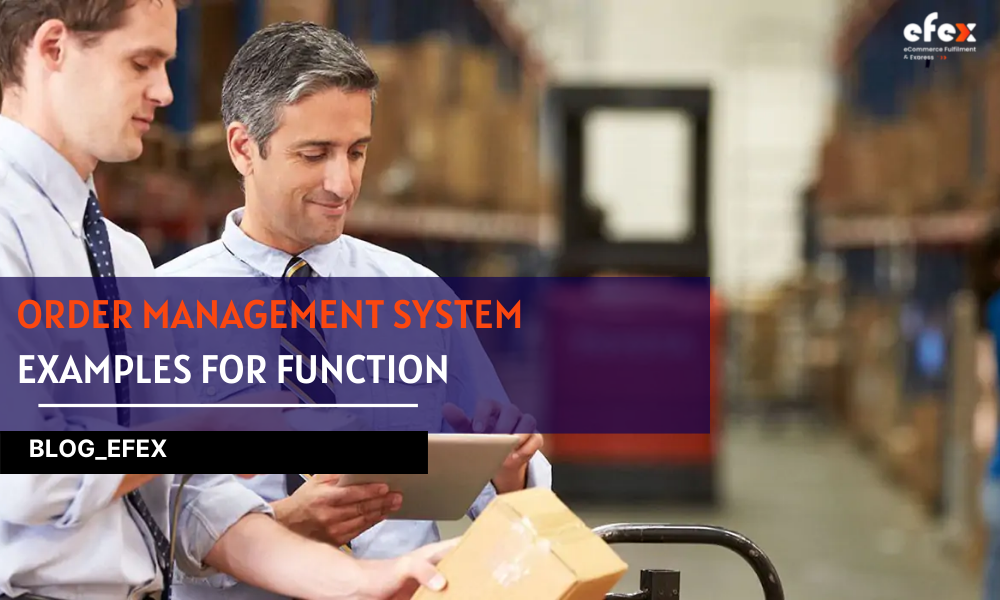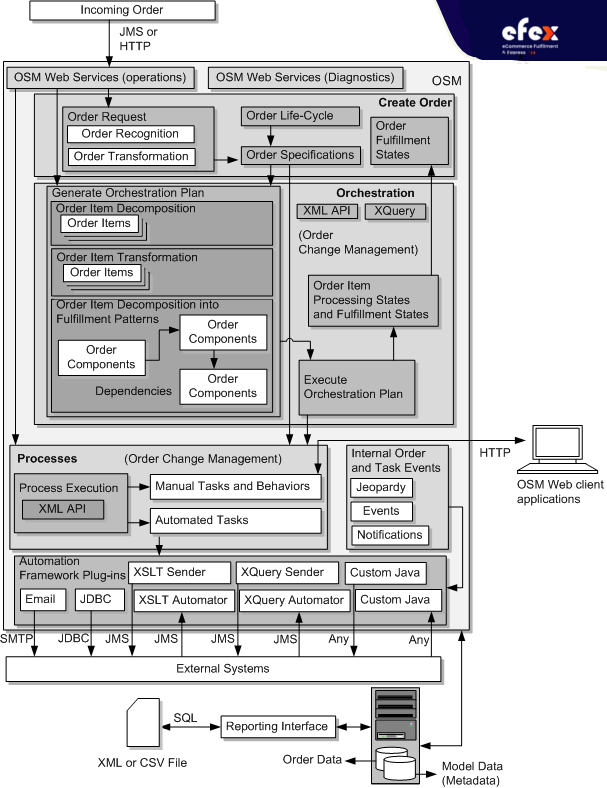
Capturing, tracking, and completing orders across two or more sales channels is difficult for many firms, particularly high-growth merchants. To make matters worse, 55% of merchants continue to use pen-and-paper manual methods at some stages in their logistics process, resulting in order mistakes and confusion.
Is there a solution to these problems? An order management system (OMS) checks stock levels across warehouses, aggregates order data from numerous channels, and coordinates with third-party logistics providers to get products to the end customer as quickly as possible.
This article will give specific example information about the Order Management System Examples and the 3 main stages in that diagram to have a deep understanding.

OSM (Order and Service Management) is an order processing system that accepts an order from a customer relationship management (CRM) system and manages the fulfillment functions required to accomplish it. Assigning a phone number, establishing service on the network, sending a phone, and running billing are all fulfillment functions. Let’s check out how it works through OSM Functional Diagram.
👉 Read More: Basic Order Management System Design

Creating the order, building and executing the orchestration plan, and running tasks and processes are the three key stages in order management depicted in the diagram.
The policy on order lifecycle management, which determines the states through which the order may move, is also defined in the order specification.
When handling a client order, OSM may convert order items for offers, bundles, and products into order items for customer-facing services.
👉 Read More: Order Management System For Ecommerce: Definition, Key Effect, Benefit
The picture illustrates the OSM regions that perform functionality relevant to business processes like in-flight order changes:
The diagram above depicts the OSM functionality's interfaces:
👉 Read More: Omnichannel Retail Solution: Benefits and Strategy
Our article Order Management System Examples for Function partly might help you understand the main steps and functions in Order and Service Management. Please share your thoughts in the comments section below, Efex or via our Fanpage if we miss any information!
